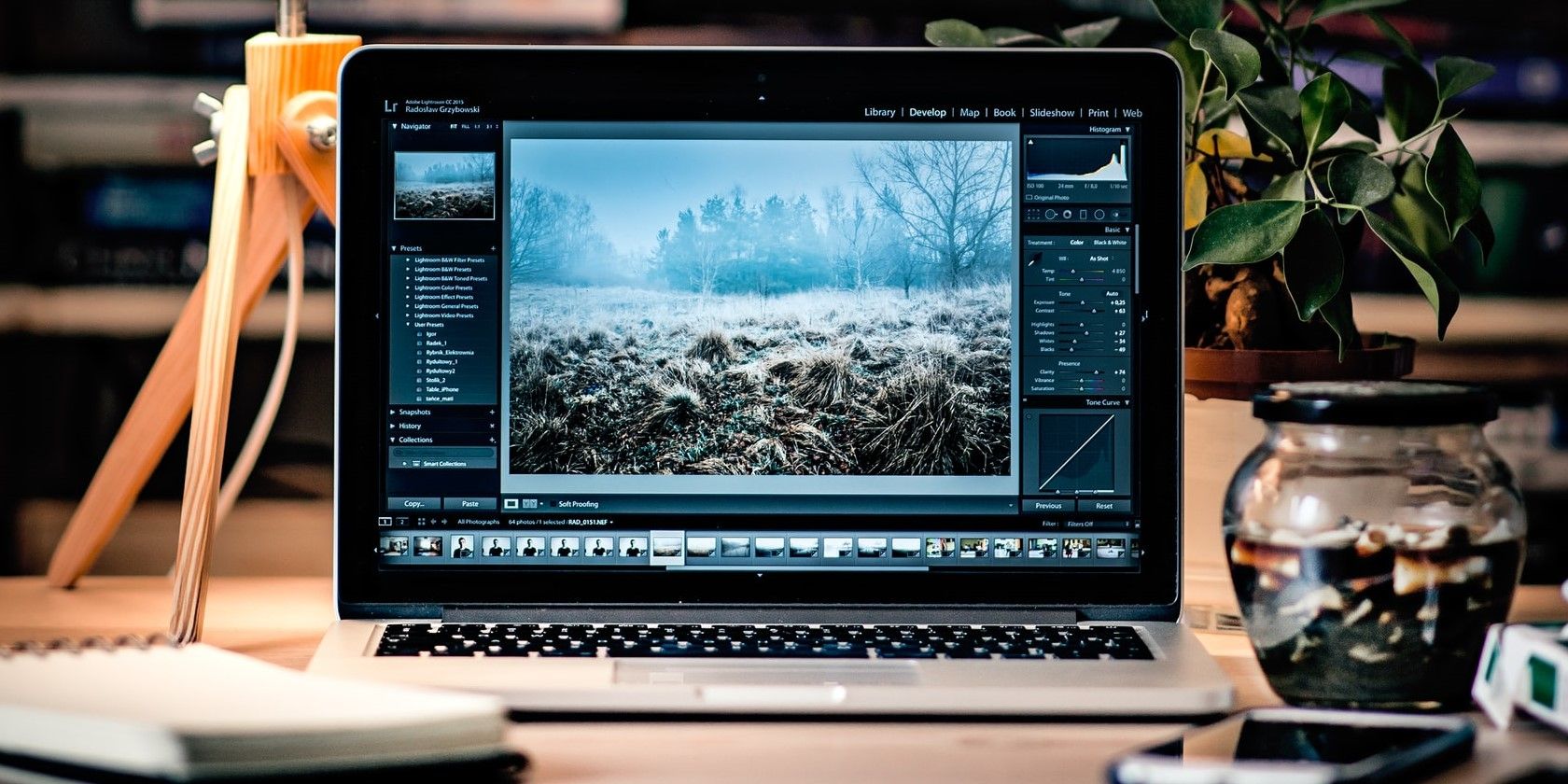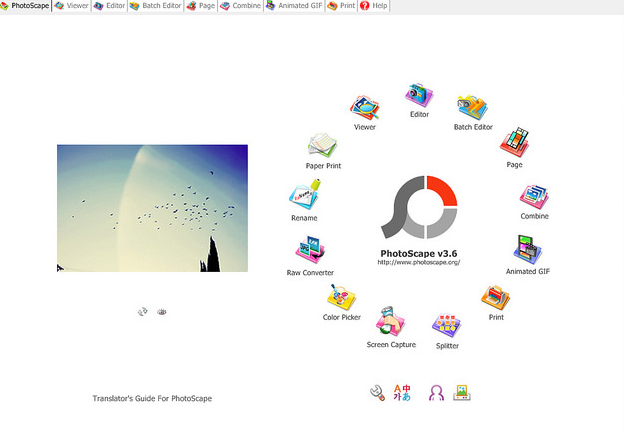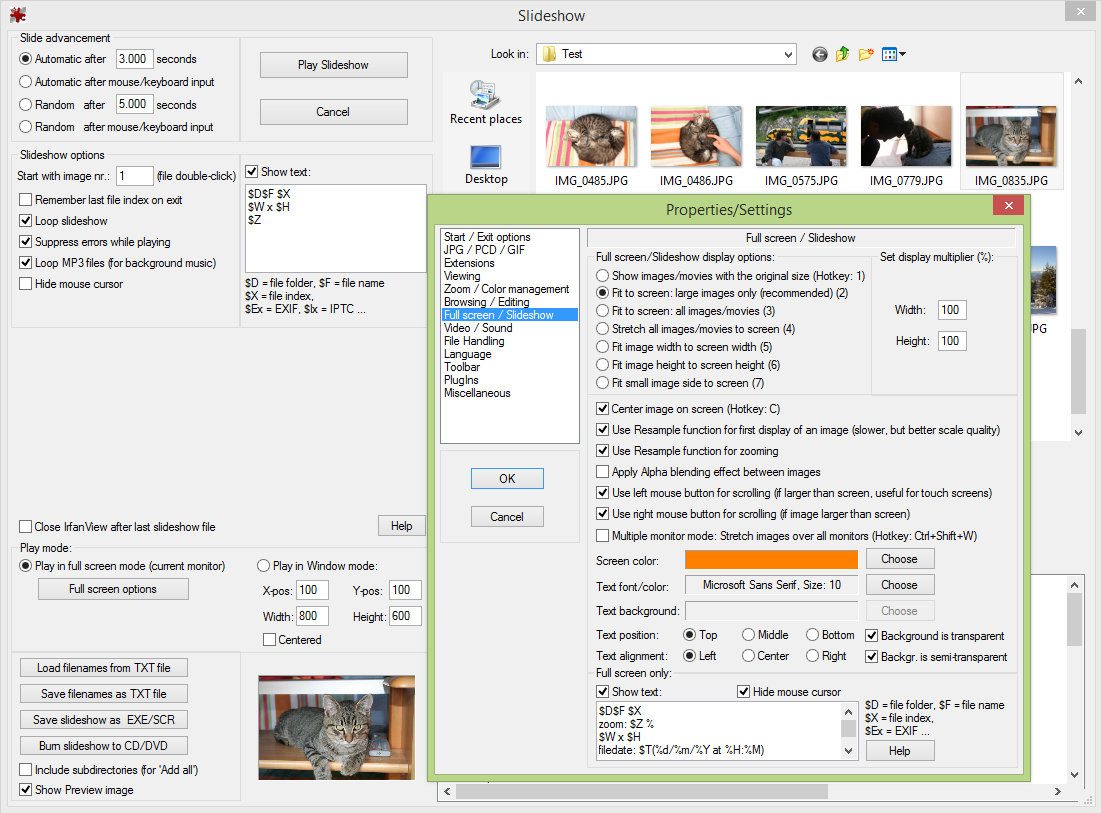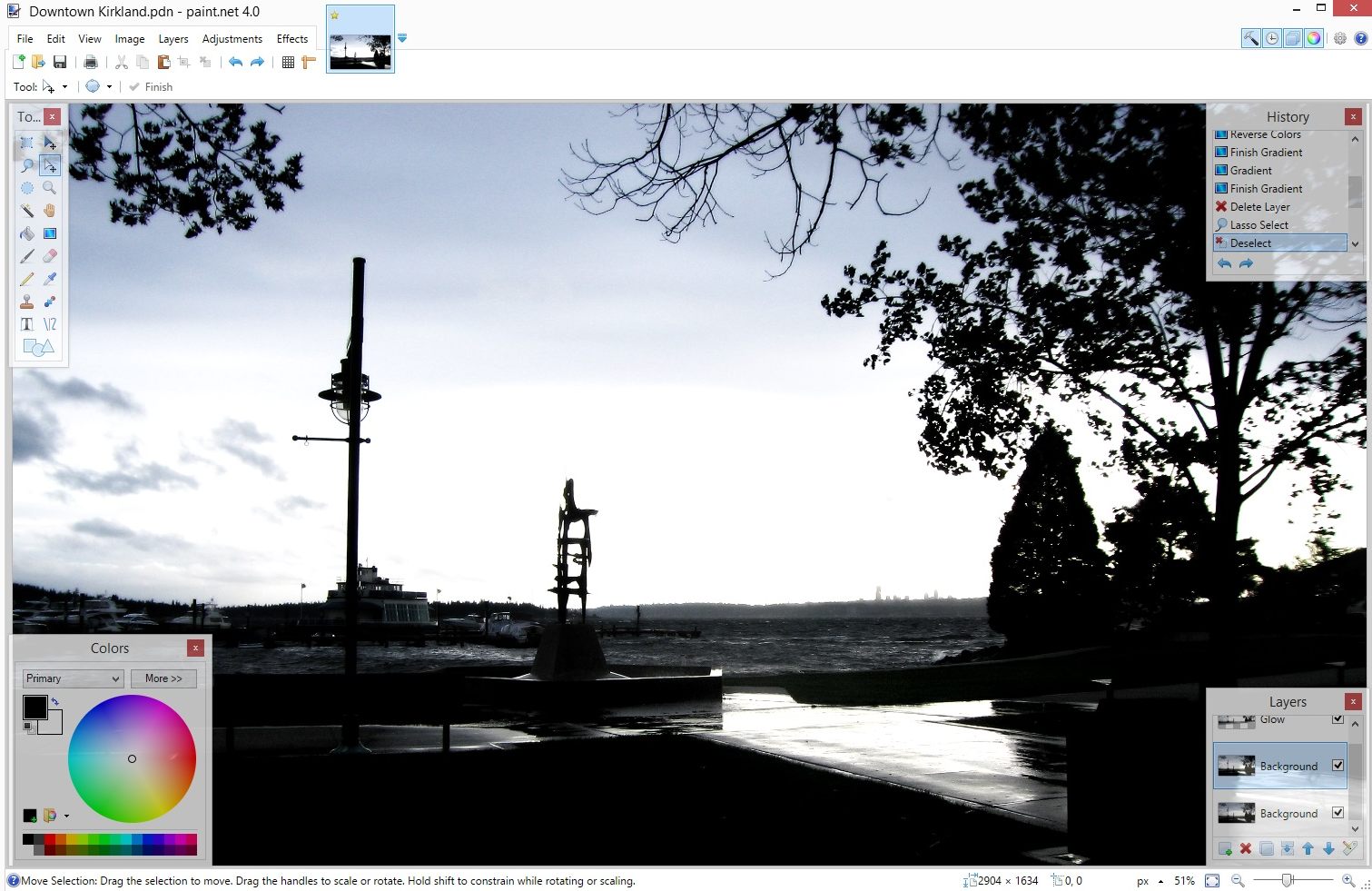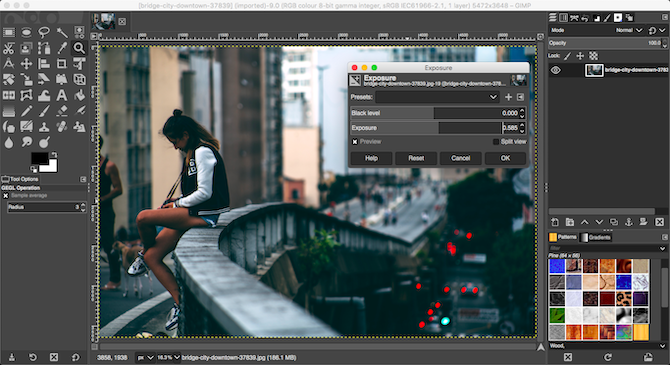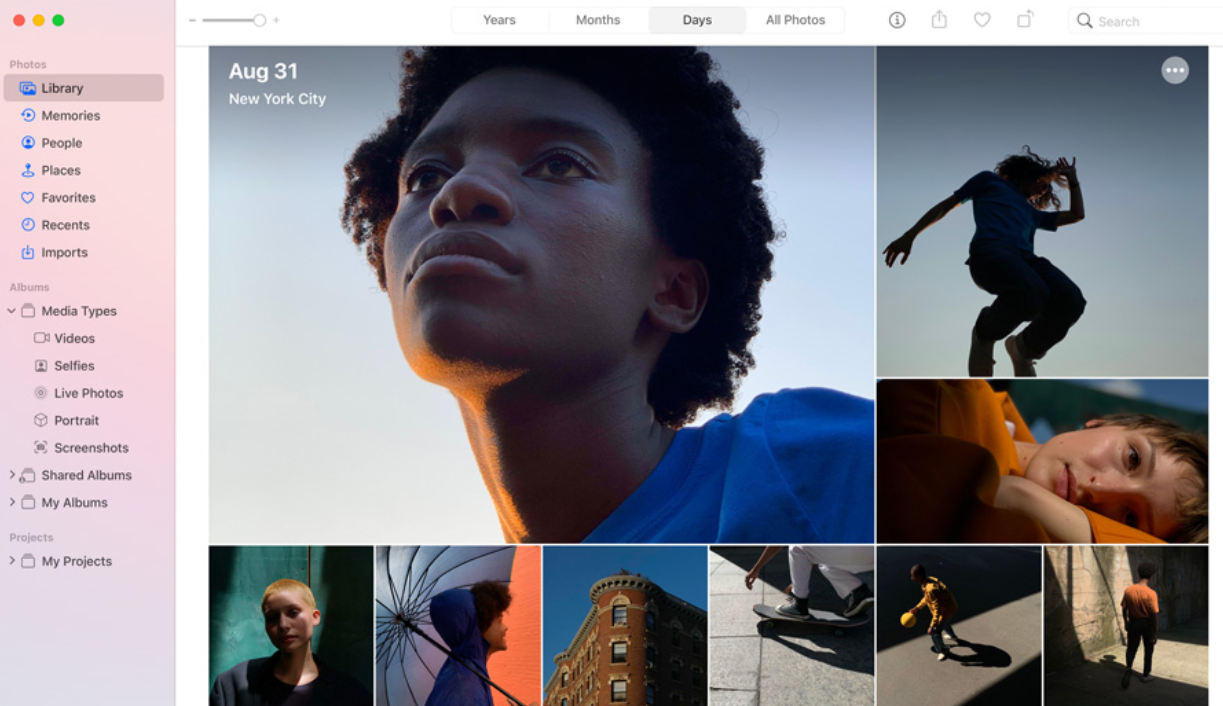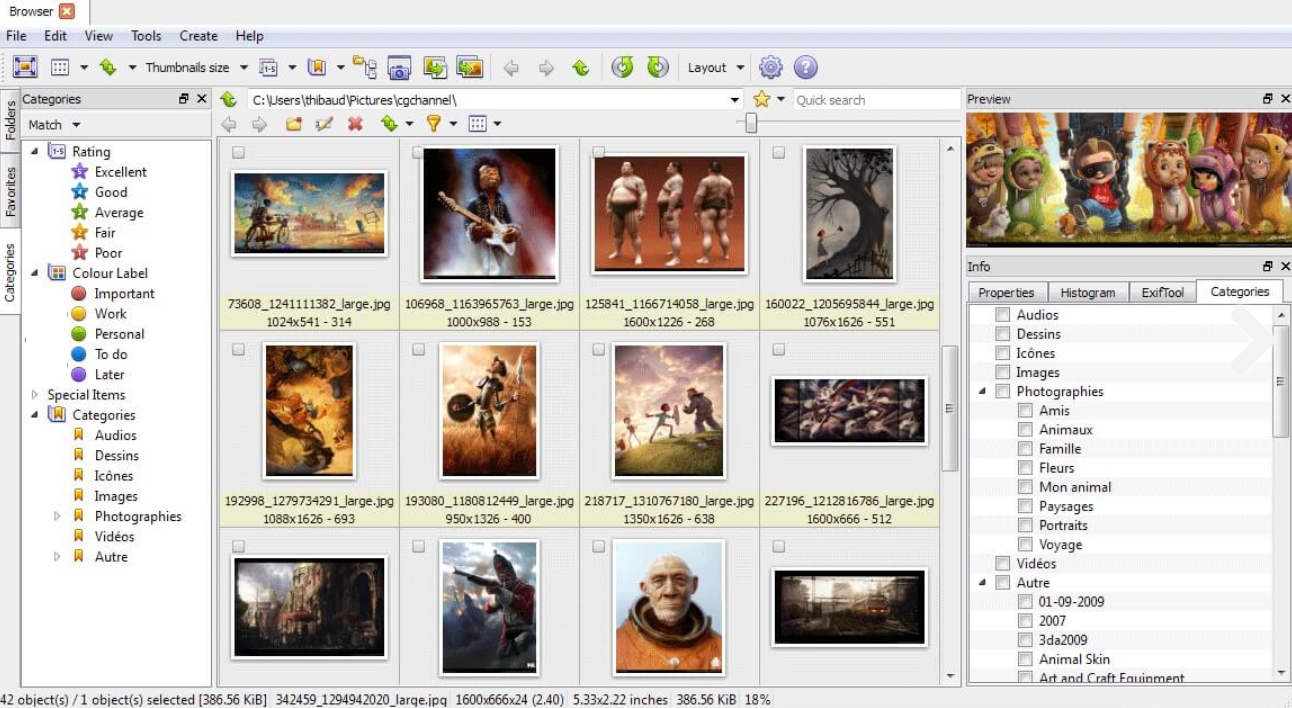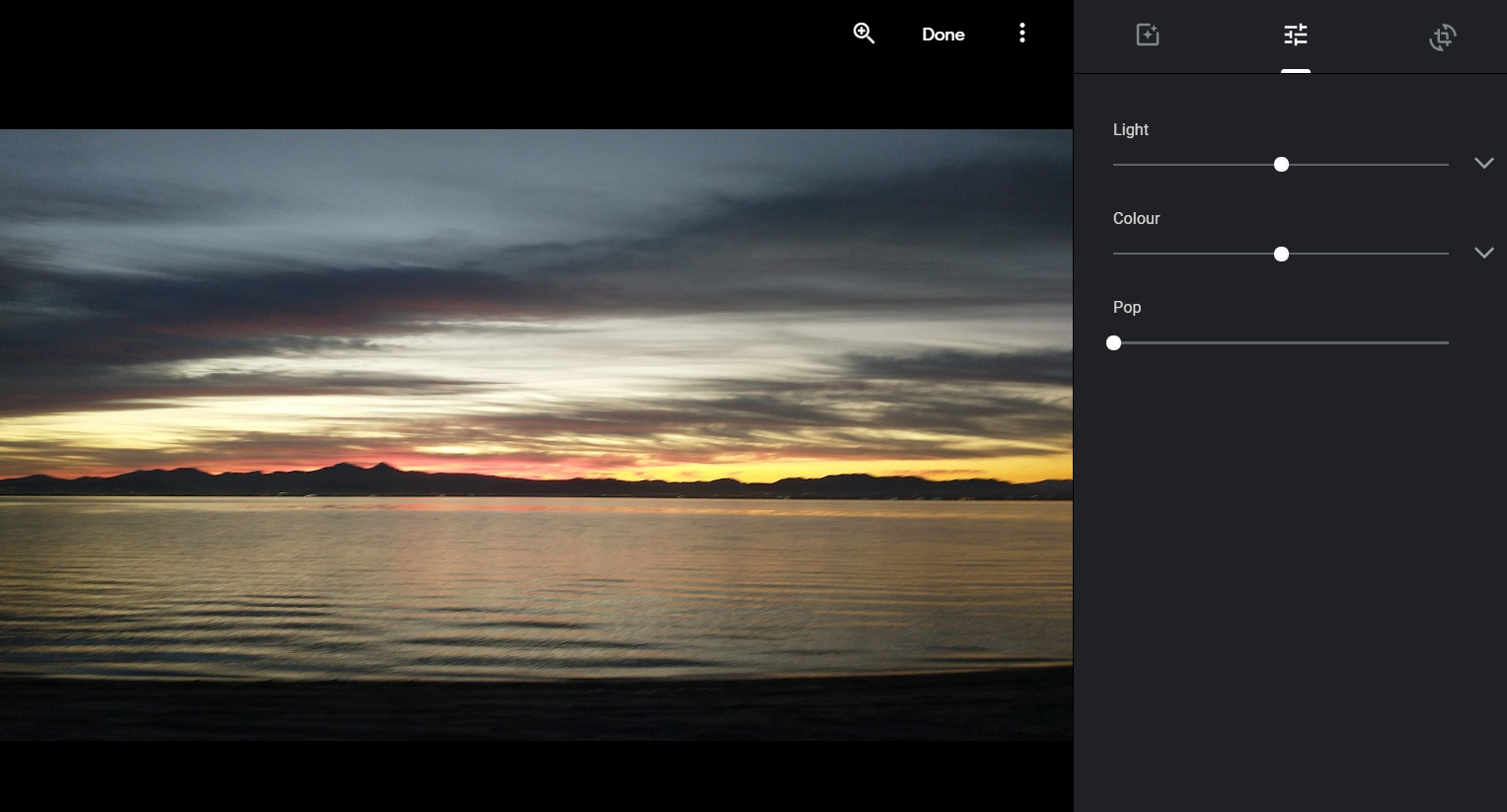Ever since Steve Jobs put a camera into the iPhone, everyone has become a photographer. However, just because you have a camera, it doesn't necessarily follow that you are a great photographer. Anyone can point a lens and press a button.
While some photos are works of art, others need editing, and we're not just talking about slapping an Instagram filter on it. This means you need some easy-to-use photo editing apps. Here are the best photo editing programs for beginners.
1. PhotoScape
Many photo editing programs have interfaces that are similar to Photoshop, but PhotoScape goes in a completely different direction.
It aims to be easy for beginners, and once you get the hang of the interface, you'll have a lot of power at your fingertips.
Some of the app's best features include support for batch editing, a photo splitter, an animated GIF creator, and a converter for RAW files.
The editor itself supports color adjustment, white balance edits, backlight correction, frames, filters, red-eye removal, blooming, and more.
Photoscape is also one of the best ways to open a PSD file without Photoshop.
2. IrfanView
Irfanview has been around for many years. It's a simple photo editor that will appeal to beginners. It is entirely free to download and use.
For people who don't need to do a lot of heavy-duty image editing, it is the perfect app.
One of the best features of IrfanView is its plugin library. They expand the functionality considerably and are perfect for people who are starting to move out of the beginner phase. Some of the most popular plugins include:
- CamRAW: To read RAW files within the app.
- Formats: Adds support for a lot of rare file types, including PCX, PSP, G3, RAS, IFF/LBM, BioRAD, Mosaic, XBM, XPM, GEM-IMG, SGI, RLE, WBMP, TTF, FITS, PIC, HDR, MAG, WAD, WAL, CAM, SFW, YUV, PVR, and SIF.
- MP3: So you can play MP3 files directly within the app.
- Slideshow: You can create slideshows in the EXE and SCR format.
- SVG: Adds support for Scalable Vector Graphic files.
- METADATA: Allows IrfanView to view and manage EXIF information on compatible files.
Other easy-to-use features include scanning directly from a flatbed scanner, making screenshots, and setting your desktop wallpaper.
3. Snagit
Snagit is the best photo editing software for people who work with a lot of screenshots. It lets you capture your screen, add additional content, and share it with other people.
It provides an "All-in-One Capture" tool that can grab your entire desktop, as well as a scrolling screen capture tool that's perfect for vertical and horizontal scrolling images, infinitely scrolling webpages, long chat messages, and more.
There's also a video screen recorder, an annotation tool, and support for text replacement within images.
The only downside of Snagit is the cost. You will need to pay a one-time fee of $50 for access.
4. FastStone Image Viewer
Despite the name, FastStone Image Viewer is actually a three-in-one tool. As well as being an image viewer, it also doubles up as an image converter and an image editor. This flexibility means it is among the best photo editing software for beginners.
As well as covering all of the usual image formats, FastStone also supports RAW image formats from all of the major camera manufacturers. You can then crop and resize your images, as well as apply the usual filters like red-eye removal and color adjustments.
There's also flatbed scanner support, the ability to edit EXIF data, and batch processing to rename and resize images quickly. A portable version of FastStone is available.
5. Paint.NET
The venerable Paint.NET seems to be the crowd-pleaser, being installed on pretty much everyone's PC. After starting life as a Microsoft Paint replacement back in 2004, it is now more comparable to Adobe Photoshop and GIMP.
The app prides itself on being "immediately intuitive and quickly learnable," making it the ideal photo editing software for beginners.
Images open in their own individual tabs and you have an unlimited history, so you can undo and redo image alterations as much as you want (disk space permitting). You also have Photoshop-like tools such as the Magic Wand feature, the Clone Stamp feature, and Layers.
6. GIMP
GIMP is the best photo editing software for beginners who want to have Photoshop-like features but with a slightly easier learning curve.
Unlike Photoshop, GIMP is free of charge and open source. It is also cross-platform and comes with a portable version that you can throw on your USB stick.
What is really great about GIMP, though, is the army of plugins and scripts which make it even more useful. From the GIMP extensions pack for Windows, to 3D screenshots and turning photos into comic book images—there are a huge number to choose from.
7. Photos for macOS
Photos is the photo viewing and editing app for macOS. Photos is backed up by iCloud Photo Library, meaning that your photo collections are available on all of your Mac and iOS devices.
You can connect your camera to have your photos imported, drag a photo directly into Photos with your mouse, and also take advantage of the editing and sharing options. And if you want an easy-to-use photo editor, look no further—Photos offers one-click enhancements of a photo's colors.
8. XnView MP
XnView MP supports over 500 file formats, with all the usual suspects (JPG, PNG, GIF) as well as some lesser-known ones such as Amiga IFF, Amstrad CPC, and Kodak RAW.
The photo editor offers tools such as lossless rotate and crop, brightness adjustments, contrast adjustments, auto levels, auto contrast, color depth controls, and filters and effects. You can also do batch conversion tasks and apply ratings, color labels, and categories to ensure that your photos remain completely organized.
Lastly, XnView MP is a cross-platform editor for Windows, macOS, and Linux, so once you've familiarized yourself with how it works, you will be able to seamlessly switch between your devices.
9. Google Photos
Google Photos is the most basic image editor on this list. It lags far behind some of the other tools in terms of the number of features it offers.
Yet it is that simplicity that makes Google Photos so perfect for beginners. You won't find dozens of tools and features that you'll never use—instead, there are only sliders for Light, Color, and Pop, as well as standard crop and rotate tools, and a few filters.
The big con of using Google Photos is the company's recent announcement regarding the ending of unlimited free storage. If you're close to the limit, you might want to export all your Google Photos before it is too late.
10. Pixlr
Pixlr is a web app for editing photos. The app has been designed to include the tools that beginners are most likely to need.
For example, there are easy-to-use AI design tools that'll remove image backgrounds with no user input, as well as simple sliders for clarity, blur, vignettes, dehazing, and more. There is also a well-stocked library of stickers, overlays, borders, icons, and decorative texts.
You can use the app to open an image from your desktop or from the web, so can easily edit images that you've saved in the cloud.
What About Adobe Photoshop?
One app stands above all others when it comes to photo editing—the ubiquitous Adobe Photoshop. No other app can rival its number of features.
If you're a beginner who needs an easy-to-use photo editing app, however, we'd recommend giving Photoshop a wide berth. You'll need to pay $20/month for access and you'll never be able to get the most out of it until you have increased your skillset.

